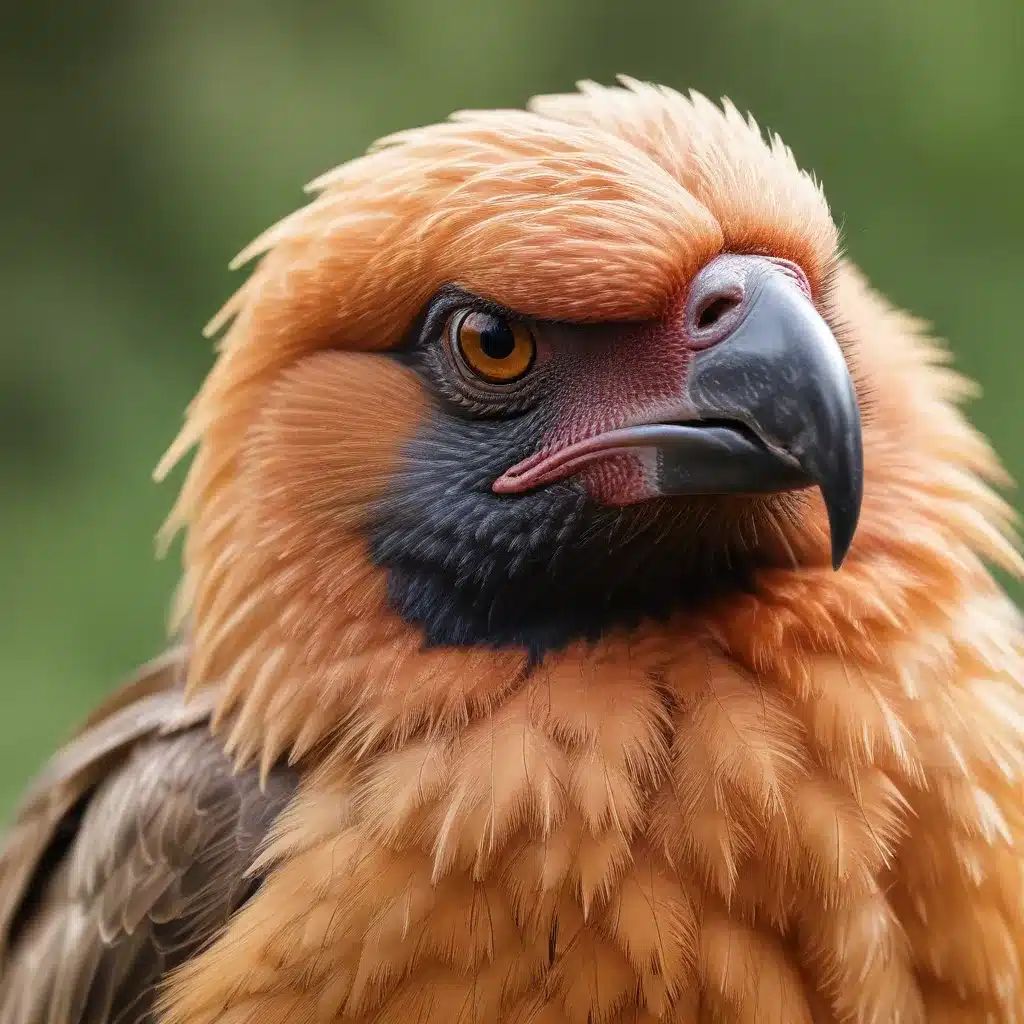
As an experienced avian caretaker and expert in the field, I’m deeply passionate about protecting both birds and the humans who interact with them. Avian zoonotic diseases – illnesses that can be transmitted from birds to people – pose a serious, yet often overlooked, public health threat. By understanding the complex ecology of these pathogens and implementing proven mitigation strategies, we can safeguard the wellbeing of our feathered friends and the communities we serve.
Avian Disease Transmission
At the heart of the avian zoonosis challenge lies the intricate pathways by which these illnesses move between birds and humans. Birds can act as reservoirs, harboring viruses, bacteria, and parasites that may eventually spill over into our own species. This often occurs through direct contact with infected birds, their secretions, or contaminated environments. Indirect transmission via intermediate vectors like insects or tainted food and water sources also plays a key role.
The factors that influence avian-to-human disease transmission are multifaceted. Overcrowded poultry operations, the exotic pet trade, and the expanding interfaces between human settlements and wildlife habitats can all heighten zoonotic risks. Meanwhile, climate change and ecological disruption are reshaping the ranges and behaviors of birds, potentially exposing new populations to dangerous microbes.
Avian Disease Ecology
Understanding the complex ecology of avian zoonoses is crucial for containing their spread. Wild waterfowl like ducks and geese are well-known reservoirs for influenza viruses, while passerines, raptors, and poultry flocks harbor an array of other pathogens. The interplay between these avian populations, livestock, and human communities fuels the epidemiology of diseases like salmonellosis, campylobacteriosis, and various forms of avian influenza.
Experts closely monitor the geographic distribution, host preferences, and genetic evolution of these avian zoonoses. This surveillance empowers more targeted prevention and control efforts, whether at the farm, in the wild, or within human populations. By staying vigilant and acting decisively, we can stay one step ahead of these ever-changing microbial threats.
Avian-Borne Illnesses
The diversity of avian zoonotic diseases is staggering, ranging from respiratory viruses to gastrointestinal bacteria. Let’s explore a few of the most pressing threats:
Respiratory Avian Zoonoses
Influenza Viruses: Avian influenza, or “bird flu,” is perhaps the most notorious of all avian zoonoses. Subtypes like H5N1 and H7N9 can jump from wild birds or poultry into humans, causing symptoms ranging from mild conjunctivitis to life-threatening pneumonia. Monitoring these shape-shifting viruses and developing effective vaccines is an ongoing global challenge.
Coronaviruses: While COVID-19 has dominated headlines, avian-origin coronaviruses have long been a concern. Strains like the deadly Middle East Respiratory Syndrome (MERS) are believed to have originated in bats before spilling over into camels and then humans. Vigilant surveillance for novel coronavirus variants in bird populations is essential.
Gastrointestinal Avian Zoonoses
Salmonellosis: Salmonella bacteria commonly colonize the guts of wild and domestic birds, contaminating their meat, eggs, and droppings. Handling or consuming infected poultry products is a primary route of transmission to people, who may develop severe diarrhea, fever, and other complications.
Campylobacteriosis: Another major bacterial threat, Campylobacter species are a leading cause of foodborne illness worldwide. Poultry, waterfowl, and other birds can asymptomatically harbor these pathogens, which then spread to humans through undercooked meat, unpasteurized dairy, or contact with infected animals.
Avian Disease Mitigation Strategies
Safeguarding human health from avian zoonoses requires a multifaceted, collaborative approach – one that integrates the domains of public health, veterinary medicine, and environmental conservation.
Public Health Interventions
Surveillance and Monitoring: Robust disease surveillance programs, both in human and animal populations, are the foundation of effective zoonosis control. By rapidly detecting emerging threats, we can trigger timely public health responses and enact appropriate control measures.
Risk Communication: Educating the public, especially high-risk groups like poultry workers and hunters, about avian zoonotic risks and preventive behaviors is crucial. Clear, transparent messaging can empower communities to make informed decisions and adopt protective practices.
Veterinary Approaches
Biosecurity in Poultry Production: On the animal health front, implementing stringent biosecurity protocols in commercial and backyard poultry operations is key. This includes restricting access, controlling pests, and carefully managing waste – all of which can limit the spread of pathogens between birds and to humans.
Avian Vaccination Programs: Where available, strategic vaccination of poultry and other domestic birds against zoonotic diseases like avian influenza can help reduce the viral reservoir and curb the risk of spillover. Ongoing research aims to expand the arsenal of effective avian vaccines.
Emerging Avian Zoonotic Threats
While the challenges posed by well-known avian zoonoses are substantial, the future may hold even greater surprises. Vigilance and preparedness are essential as we navigate the dynamic landscape of emerging microbial threats.
Novel Avian Pathogens
Zoonotic Avian Influenza Variants: As influenza viruses continually evolve, new subtypes with the potential to infect humans may arise from wild bird or poultry populations. Monitoring these genetic changes and developing adaptable vaccine platforms is an ongoing global priority.
Avian-Origin Coronaviruses: The COVID-19 pandemic has heightened awareness of the zoonotic risks posed by coronaviruses. Researchers are intensifying surveillance efforts to detect novel strains that may emerge from avian reservoirs, potentially sparking future outbreaks.
Climate Change and Avian Zoonoses
As our climate continues to change, the ecological ranges and behaviors of many bird species are shifting. This can bring new avian populations into contact with human communities, elevating the potential for disease transmission. Adapting our public health and veterinary strategies to these dynamic conditions is essential for staying ahead of future zoonotic threats.
At Mika Birds Farm, we are committed to promoting the health and wellbeing of our feathered friends and the people who interact with them. By understanding the complex world of avian zoonotic diseases and implementing proven mitigation strategies, we can work together to safeguard both animal and human populations. Stay vigilant, stay informed, and let’s continue our journey of responsible avian stewardship.


